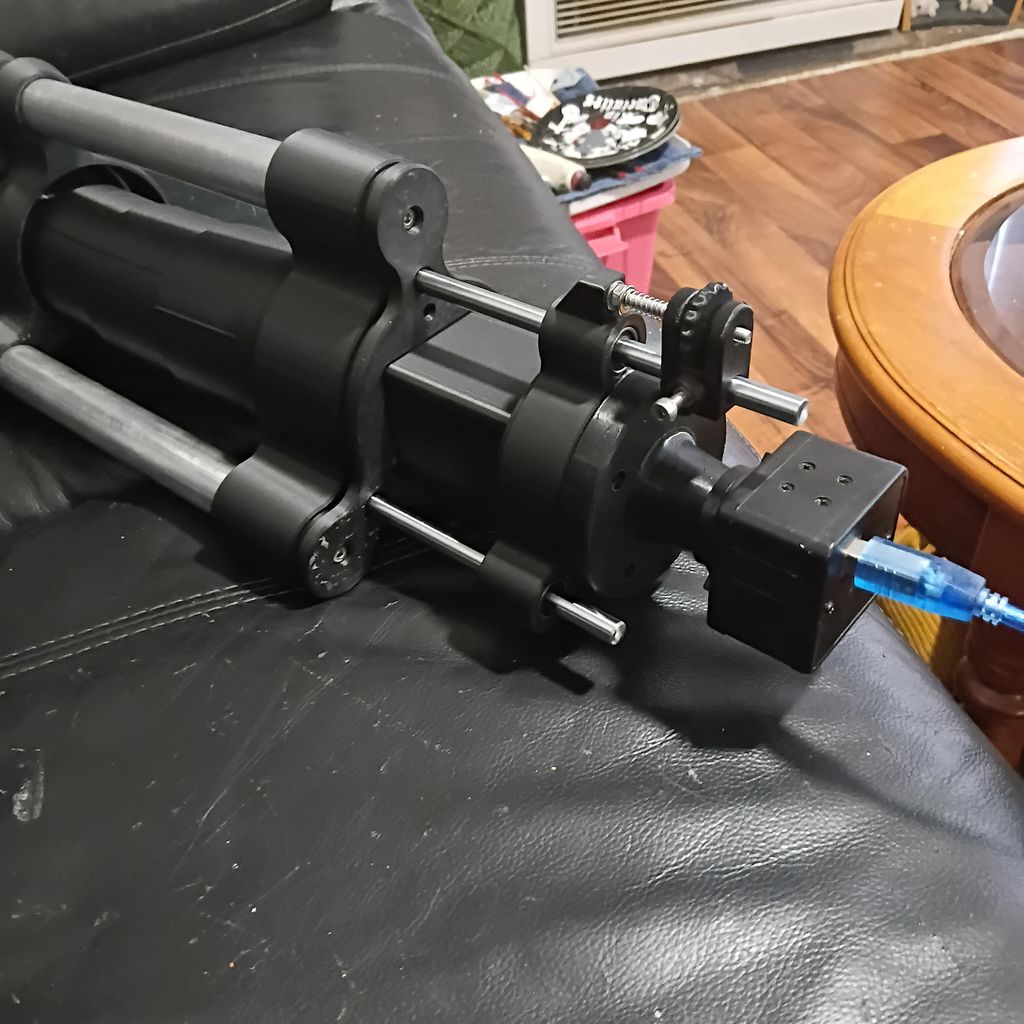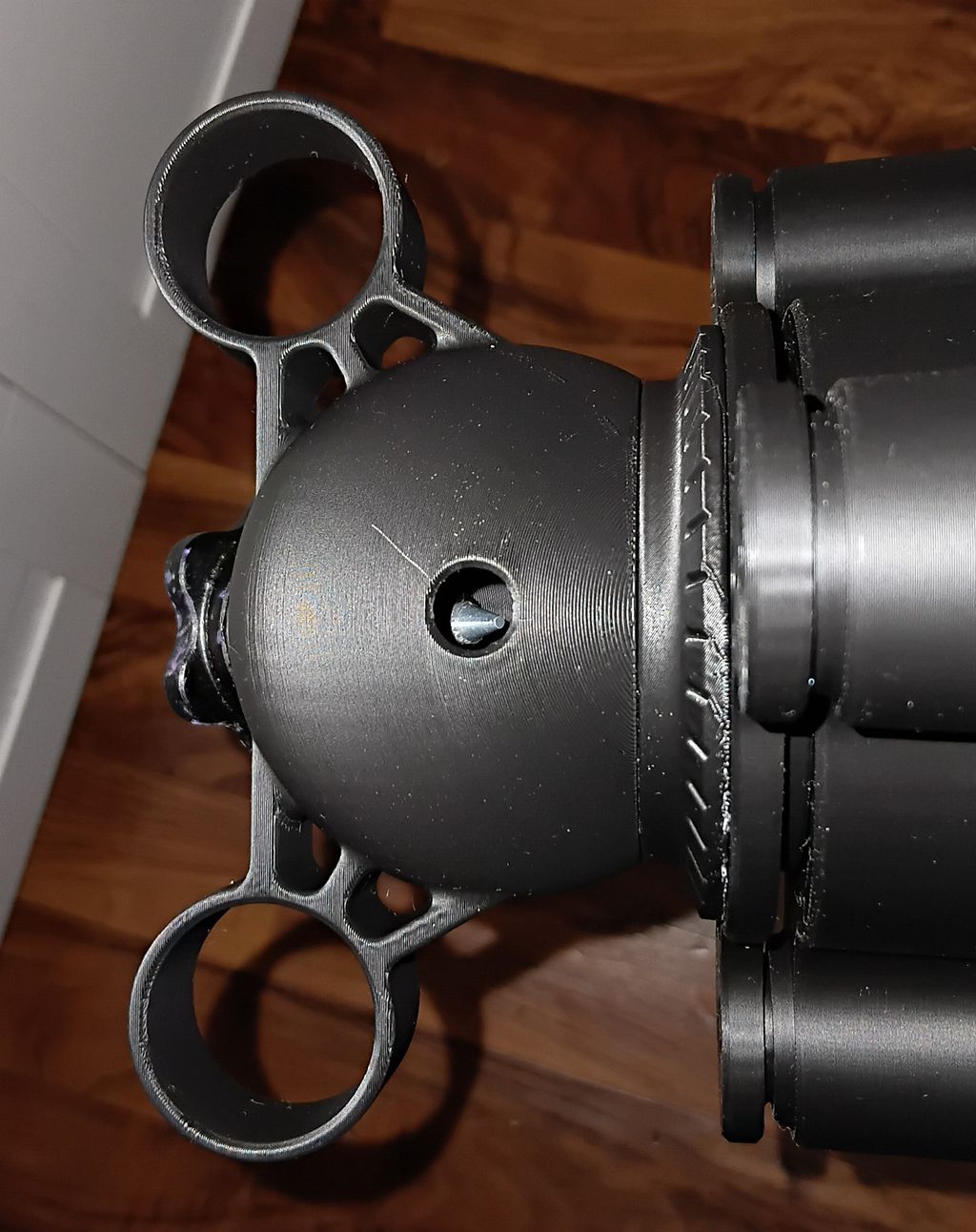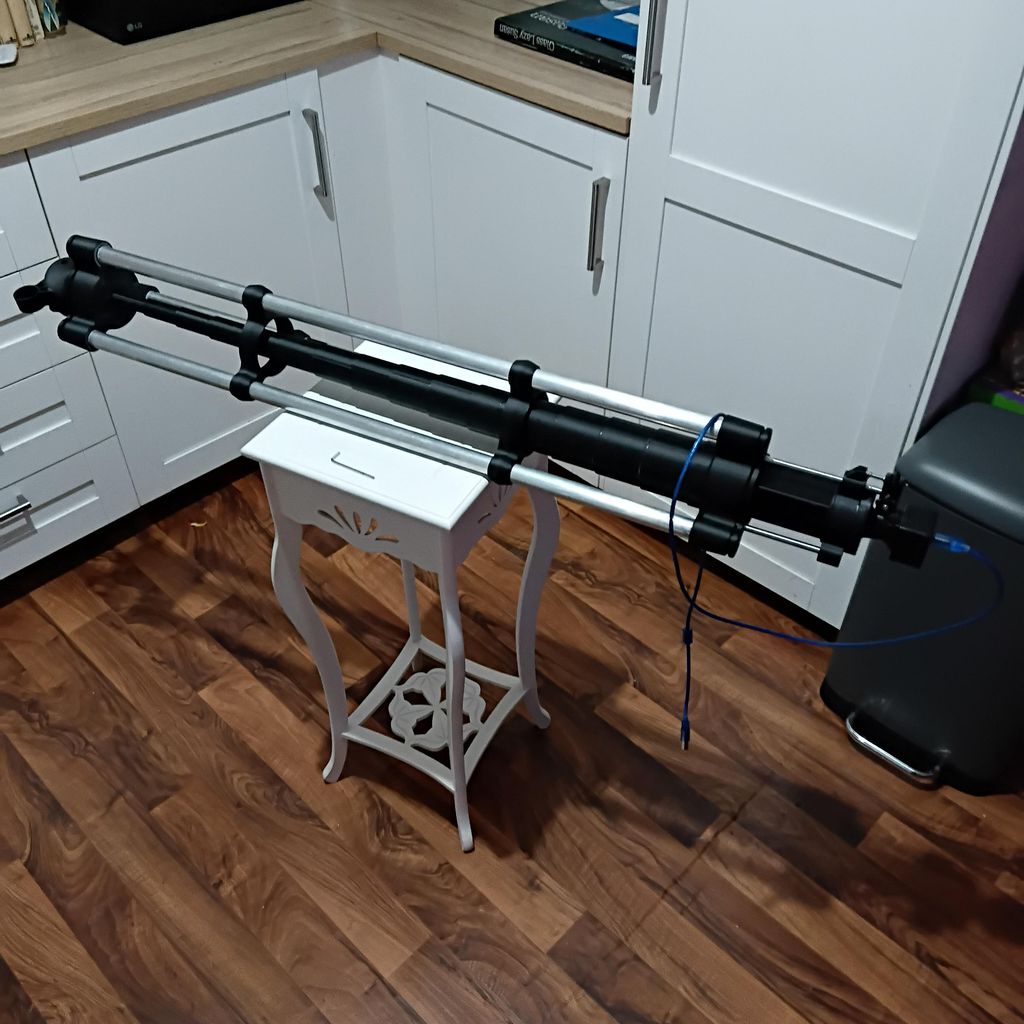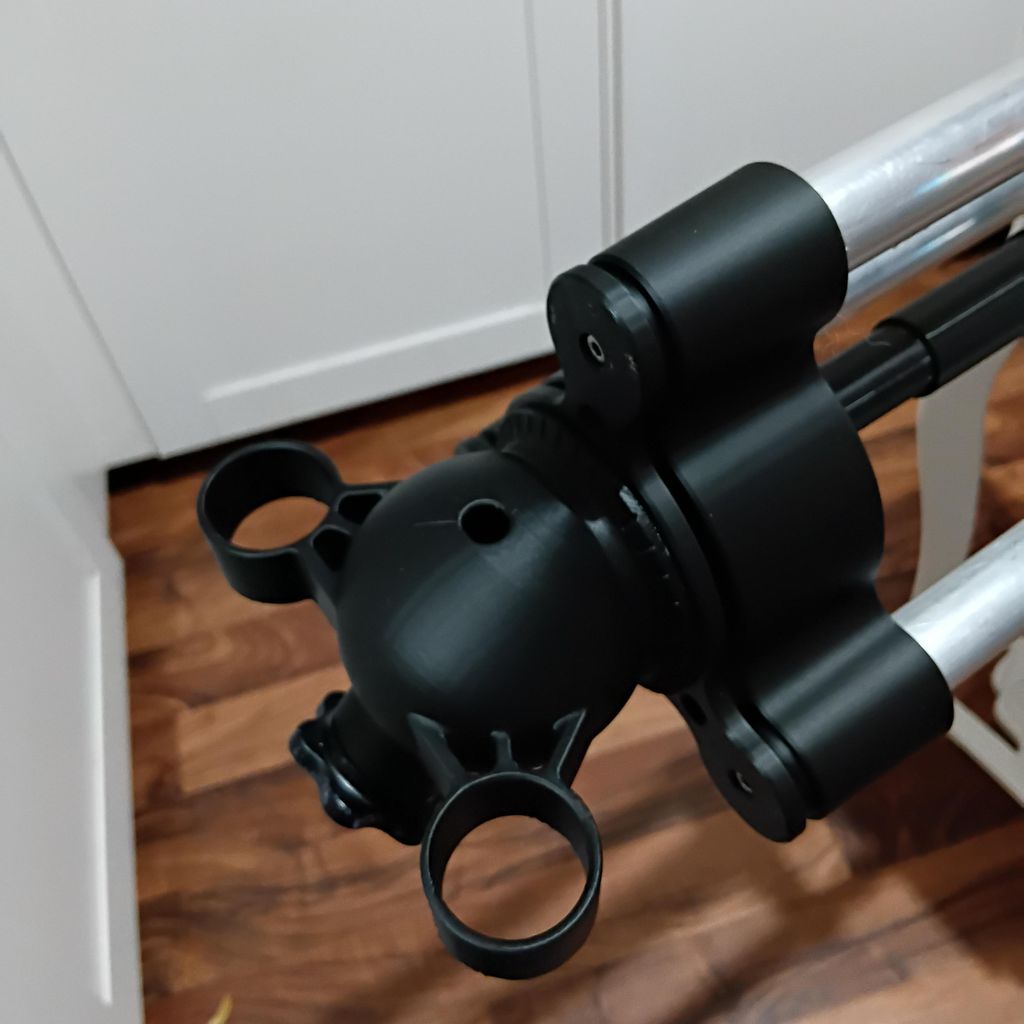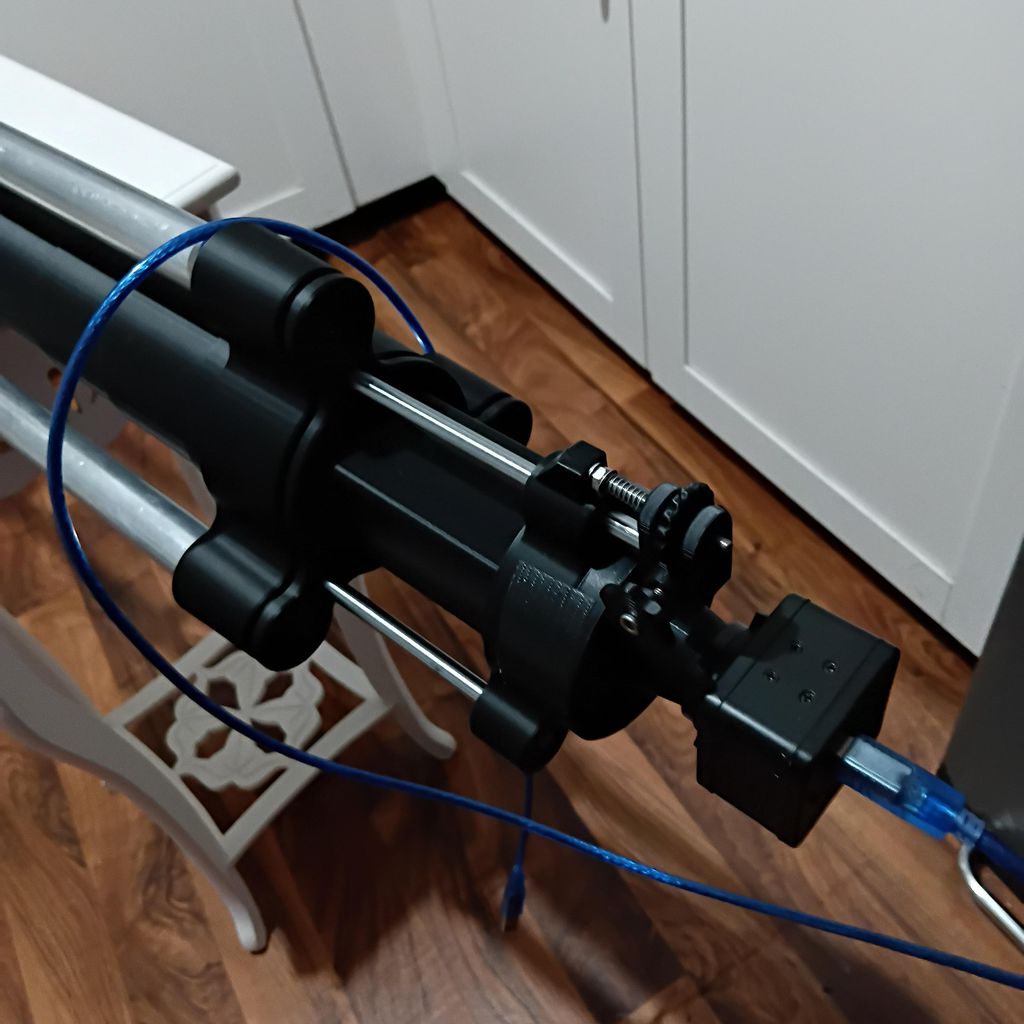John Hayes:V:
You could easily go that path, but sidestepping innovation and experimentation on the basis of viewing a problem as non-existant or offering existing alternatives that are seemingly perfect as they can be is counterproductive to the technological expansion of the human race. Lets just see how it plays out and save judgement for later once all is said and done.
Who knows what this could lead to; I say keep going.
MO64 stated that a 4" planar surface pinhole with a ~1.2KM focal length could resolve extraordinary detail, and in that I see a next-generation space telescope for direct exoplanet observation. An Aragoscope of incredible size could also work for incredibly high resolution, but these are purely theoretical at this point.
I hate to burst your bubble but ignoring physics is also "counterproductive to technological expansion of the human race." There is simply nothing innovative about a pinhole camera. They were invented in 1856. A pinhole camera has no formal focal length, they do not have "incredibly high resolution", and they are remarkably light inefficient. Because they operate at a very slow effective focal ratio (radiometrically), they require very long exposures--even for bright objects. A 4" diffraction limited aperture in the far field will have an optical resolution of 2.7" just like any other 4" telescope. That's just how the diffraction of light works. If you go study some diffraction theory, you'll quickly learn that a lens has the property of creating the far-field in the focal plane. That's why 4" telescopes don't need to be 1.2 km long.
Pinhole cameras are fun to play around with but you almost certainly are not going to replace James Webb--or any conventional telescope, large or small, with a pinhole camera.
John
The difficulty in discussing anything outside ones purview is finding the right words using an unfamiliar vocabulary. I recognise the multitude of issues with a Pinhole camera used in this way, the primary difference with this perception is the aperture having a thickness, which this design does not. Also, the unobstructed light path that allows for wavelength filtration using different base materials is interesting.
I have no idea if it will ever produce an image worth looking at, but it keeps me busy.


